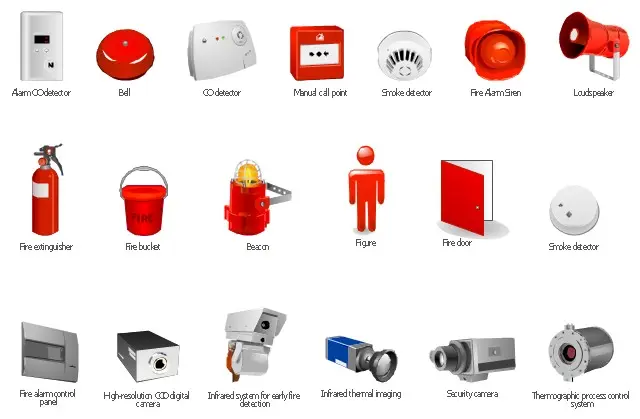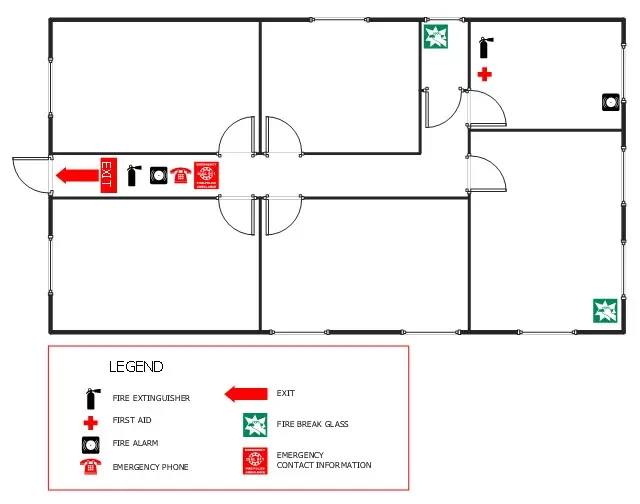Fire safety refers to precautions that are taken to prevent or reduce the likelihood of a fire that may result in death, injury, or property damage, alert those in a structure to the presence of an uncontrolled fire in the event one occurs, better enable those threatened by fire to survive in and evacuate from affected areas, or to reduce the damage caused by a fire. Fire safety measures include those that are planned during the construction of a building or implemented in structures that are already standing, and those that are taught to occupants of the building.
Threats to fire safety are referred to as fire hazards. A fire hazard may include a situation that increases the likelihood a fire may start or may impede escape in the event a fire occurs.
Fire protection is the study and practice of mitigating the unwanted effects of potentially destructive fires. It involves the study of the behaviour, compartmentalisation, suppression and investigation of fire and its related emergencies, as well as the research and development, production, testing and application of mitigating systems. In structures, be they land-based, offshore or even ships, the owners and operators are responsible to maintain their facilities in accordance with a design-basis that is rooted in laws, including the local building code and fire code, which are enforced by the regulatory body.
Facilities must be constructed in accordance with the version of the building code that is in effect when an application for a building permit is made. Facility inspectors check on compliance of a building under construction with the building code. Once construction is complete, a building must be maintained in accordance with the current fire code, which is enforced by the fire prevention officers of a local fire department. In the event of fire emergencies, Firefighters, fire investigators, and other fire prevention personnel called to mitigate, investigate and learn from the damage of a fire. Lessons learned from fires are applied to the authoring of both building codes and fire codes.

This office fire escape floor plan example shows layout of firefighting equipment and scheme of evacuation ways.

Emergency evacuation plans are what should be developed in order to ensure the most efficient as well as the safest evacuation time of all expected residents of a city, region or structure. An "evacuation time" benchmark for different conditions and hazards is established. Such benchmarks can be established by using regulations, simulations (e.g., modeling the flow of people in a building) and best practices for determining the benchmark.
The proper planning is what uses at least a few exits, the so-called “contra-flow lanes” as well as the special technologies in order to ensure fast, complete and full evacuation. It is also important to consider for personal situations as they may affect some individual's ability to evacuate. It may include the alarm signals with both visual and aural alerts and all the needed evacuation equipment (e.g., pads, sleds and chairs for disabled people).
In order to create the right building fire and emergency plans, the regulations such as building codes can be also used so it can reduce the possibility of panic. In this way, it may allow the individuals to process the need to self-evacuate having no causing alarm. The right planning can implement a so-called “all-hazards approach” meaning that the plans can be reused for the other hazards that can appear.
Any emergency planning should be focused on preventing the emergencies from occurring as failing that it may be possible to develop a good action plan for mitigating the effects as well as the results of any emergencies. In order to reduce or to avoid the significant losses to a business, emergency managers should be focused on identifying and anticipating the potential risks in order to reduce their probability of occurring.
Following a common process to anticipate, assess, prevent, prepare, respond and recover from an incident, Elixir Engineering develops building plans as well as the fire and emergency plans.